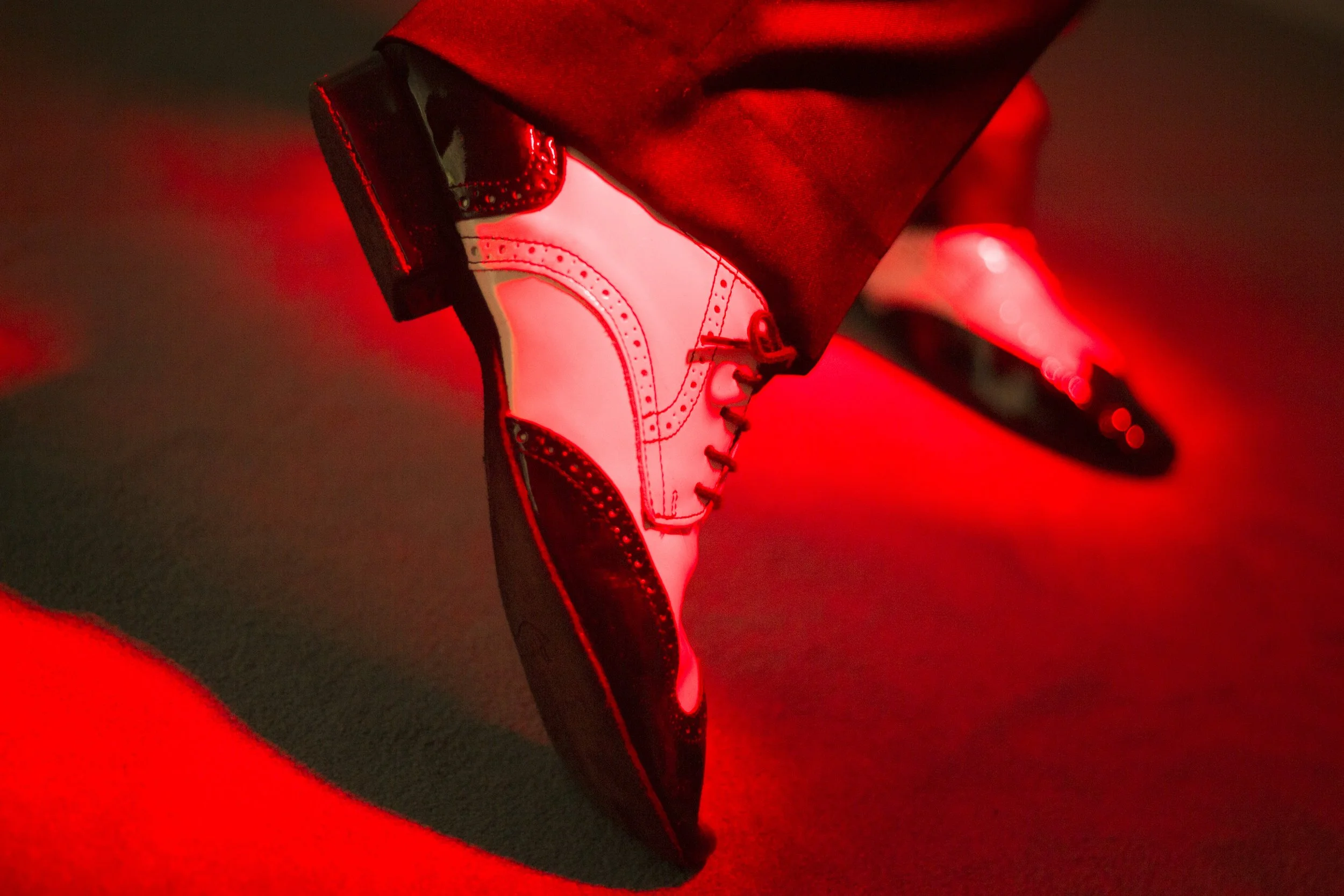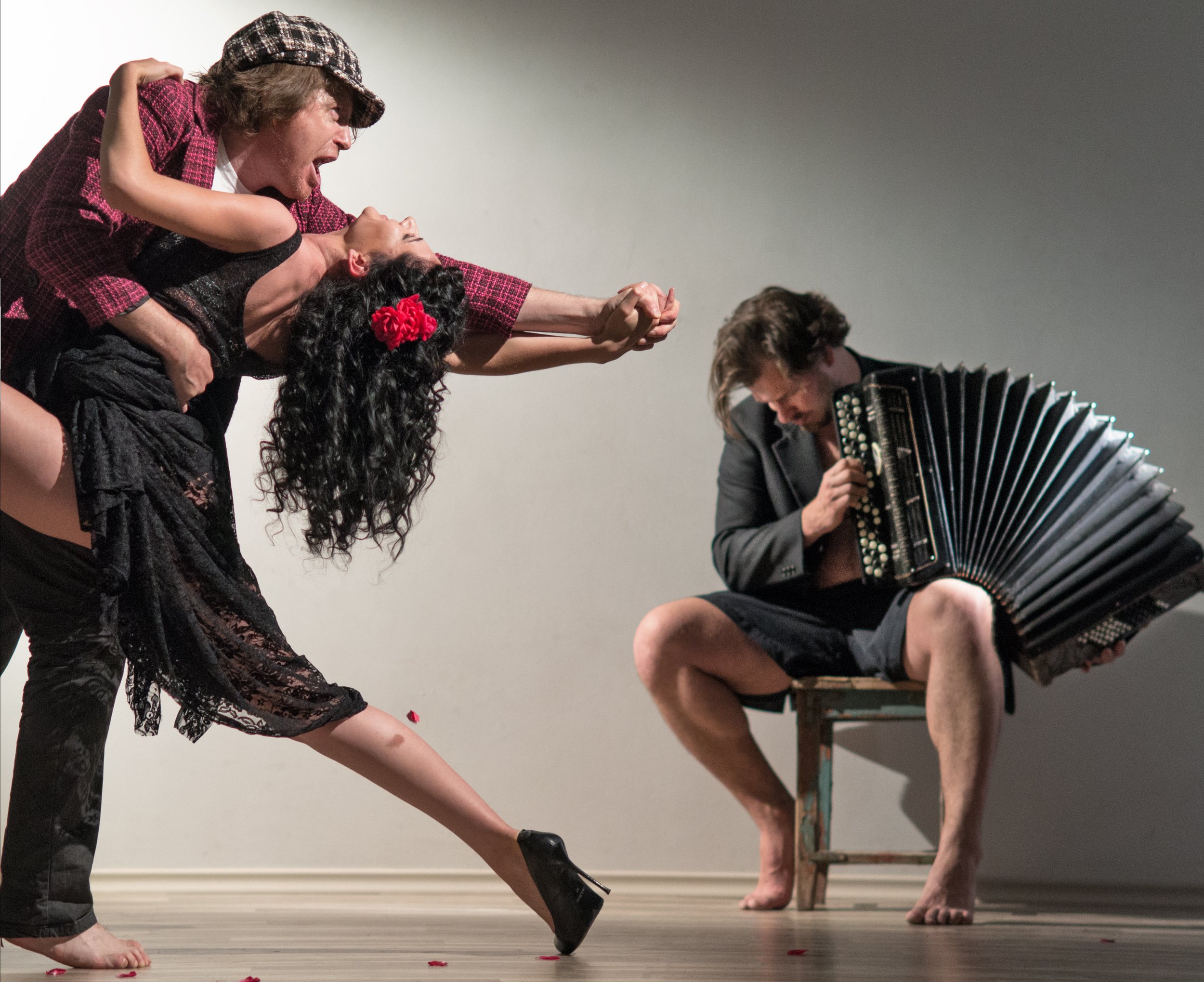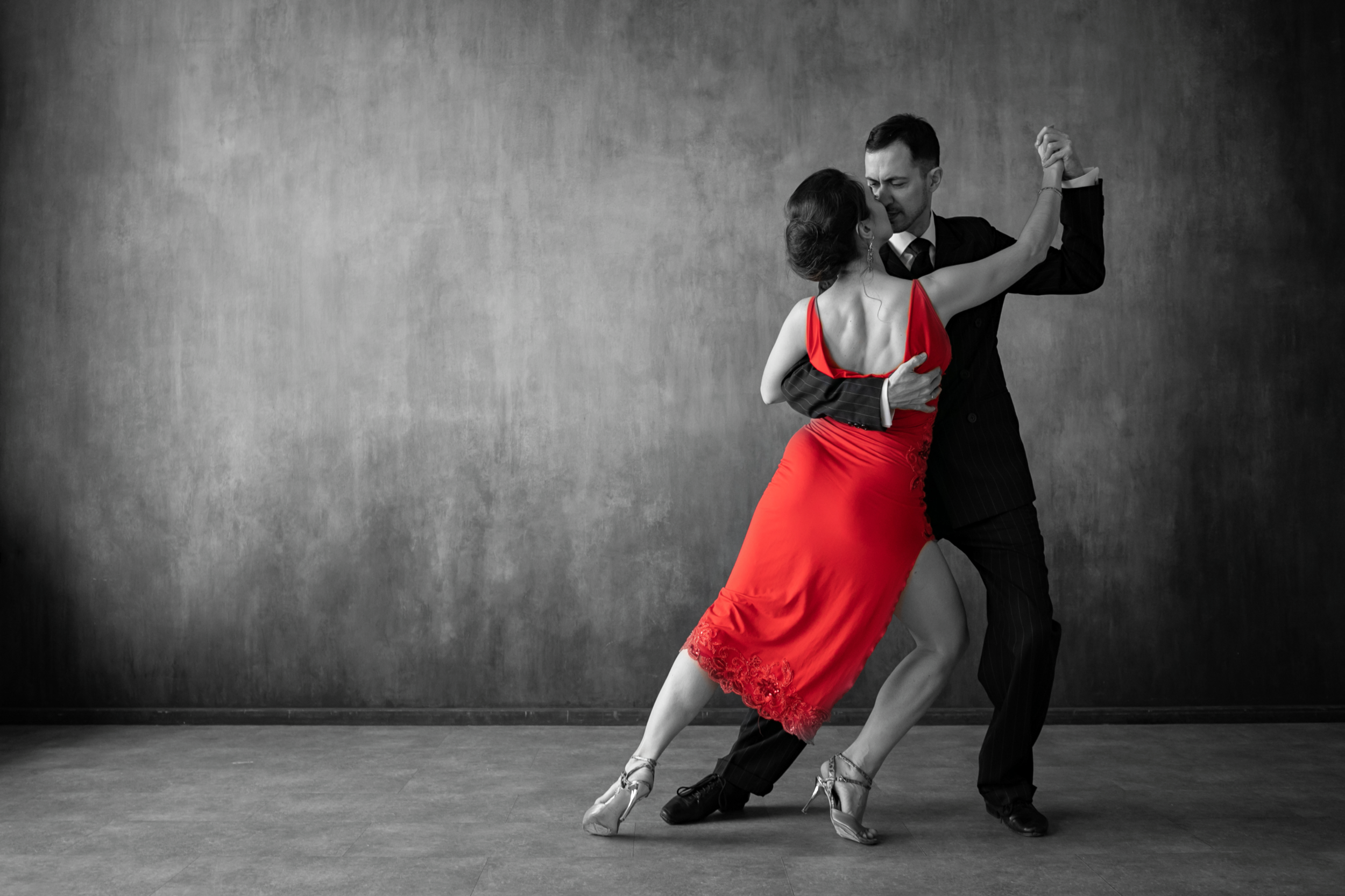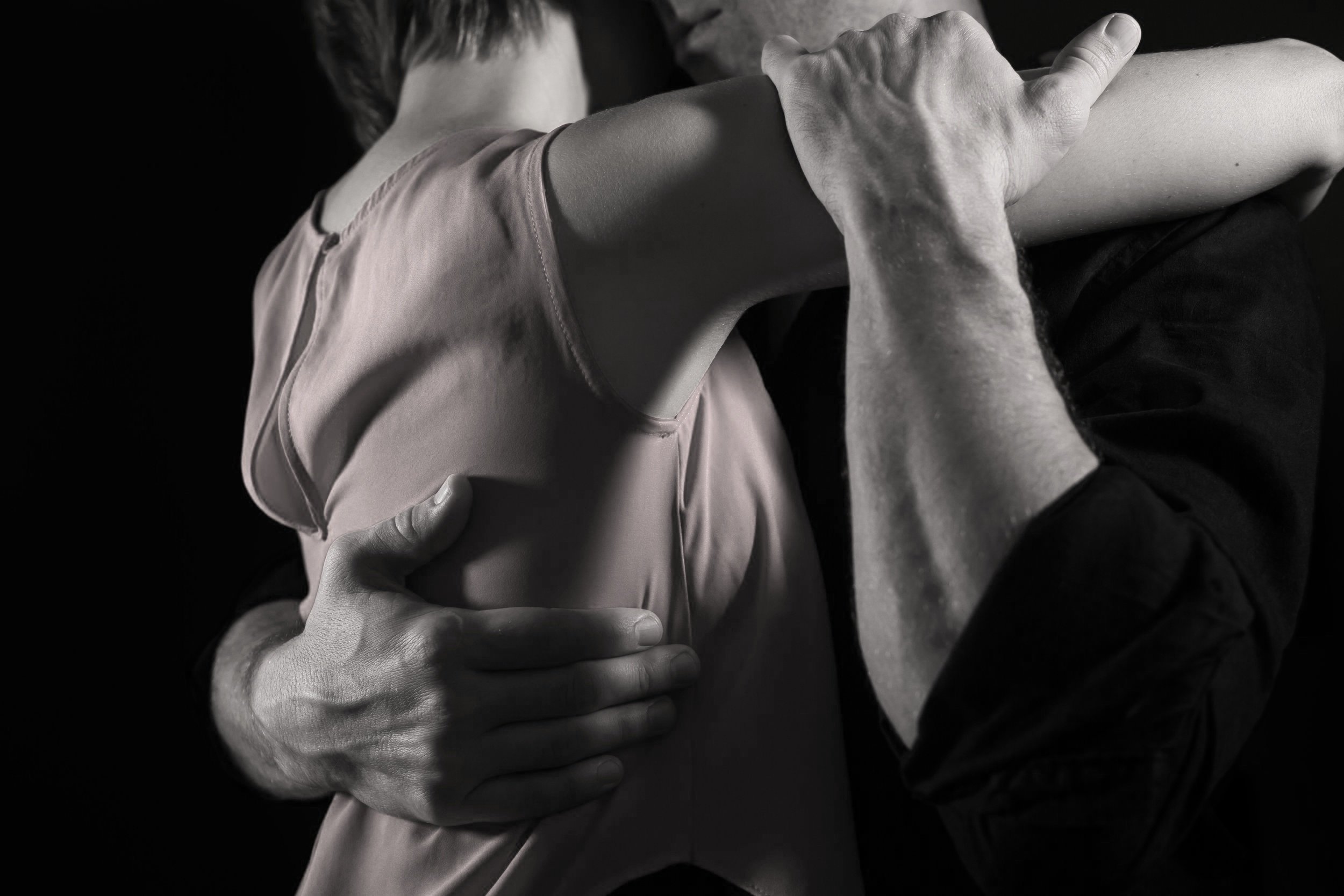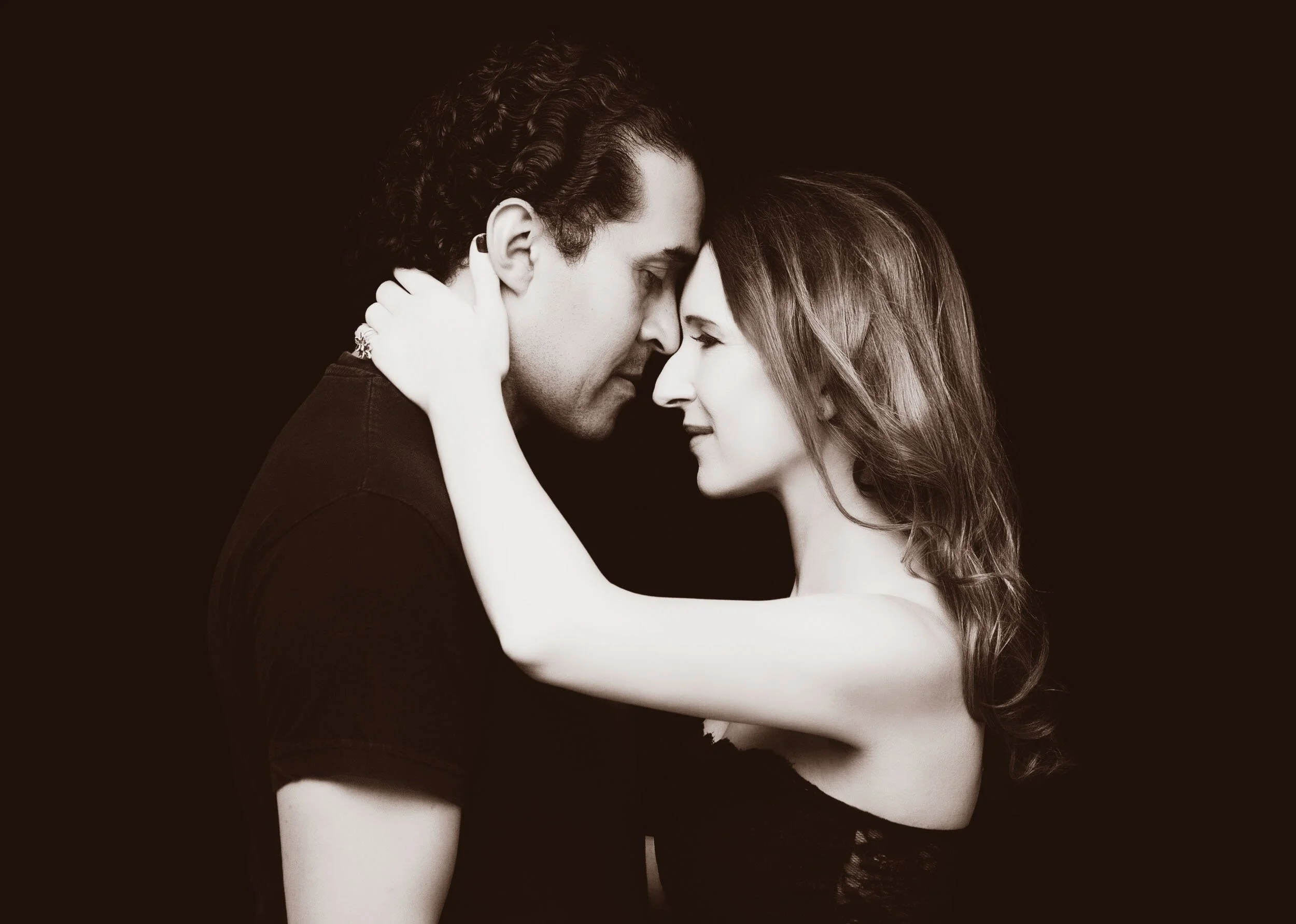The Argentine Tango has long been associated with luxury, glitz, and glamour. Most people imagine it as elegant couples with the men donning dapper suits and the women wearing stunning outfits with sophisticated make-up and a stylish hairstyle, dancing passionately around to inspiring music in a fancy hotel venue. The way tango is portrayed in movies and on television can seem intimidating to someone with little to no dance experience.
Argentine tango is a passionate and elaborate display of masculinity and femininity.
Today, most tango circles no longer refer to one partner as either the man or the woman. Rather, the terms “leader” and “follower” have more commonly been used to define the roles in tango. While this is a more inclusive and less gendered way of referring to either partner, it has the potential to encourage passivity among those called followers and put undue pressure on those called leaders.
Thus, many tangueros and tangueras have begun to consider alternative terms to define tango roles.
Read MoreDance is often characterized by sequences and patterns, with many partner dances hinged upon a set of memorized steps or figures that are followed during the performance.
This is not the case with Argentine tango. Argentine tango elevates improvisation into an art form.
However, this doesn’t entirely mean that tango has no established figures or steps. In fact, it has various steps that build upon and enhance its foundational elements, which consist of walks, turns, embellishments, sandwiches, and structural connections.
Thus, one may benefit from familiarizing oneself with perhaps the most popular leader’s steps in Argentine tango: the enrosque.
Read MoreEmployee turnover is a costly and time-consuming occurrence, especially with small businesses.
One can reduce employee turnover rates by exercising the principles of Argentine tango when it comes to improving communications, adapting and improvising, clearly defining roles and structure, and exercising mutual respect in the office.
With these in place, a harmonious and creative working environment can be achieved, making it a win for both management and employees.
Read MoreWhile Argentine tango is known for its sensual movements and steps, what makes it such an engaging dance is not just its figures but also its musicality. Tango musicality is the most difficult and yet the easiest thing to learn.
Thus, for someone to instruct students of tango about the dance’s musicality is certainly a welcome endeavor.
Read MoreJoaquin Amenabar, author of the book “Tango – Let’s Dance to the Music!” is one such personality in the world of tango who has continuously taught many dancers about the musicality of tango and its many other aspects.
To fully understand what commonalities or differences a lead in swing has with a lead in tango, it would be advantageous to first explore swing dancing side by side with the Argentine tang from their origins, musicality, connection to improvisation.
While the intimacy between partners is more toned down in swing than Argentine tango, it is the creativity and spontaneity that swing dancers incorporate that make them good candidates for leaders in Argentine tango.
Read MoreTango facilitates a safe environment for connection and communication while encouraging physical exercise, promoting STEM learning, and helping to manage the stress epidemic.
Tango, for one, is far from the monotony of the treadmill, making it a more sustainable form of exercise and ideal for weight management across generations. It provides a total body workout – enhancing cardiovascular conditioning, increasing flexibility, and building muscle strength and tone, not to mention stronger bones and reduced risk of osteoporosis.
Read MoreThis simplistic view, done by way of a straightforward mathematical formula, implies that for a relationship to work, the connection between two individual parties must inevitably result in "oneness," a merging of the physical, mental, emotional, and, in some cases, even the spiritual.
However, as far as relationships go, such a viewpoint often lacks the complexity and sophistication inherent in how human connections function at even the very basic level.
Take tango, for example: in performing this dance, most people often assume that a “one plus one equals one” mindset will work because onlookers only tend to see the dance as a collective movement.
Read MoreThe steps that make up Argentine tango reflect the interchangeable nature of the roles themselves, as both leaders and followers may execute counter-positions or steps that are performed by one role but have an equivalent for the other. This is best exemplified by the arrastre and the barrida.
All things considered, the barrida and arrastre, whatever differences or similarities they may have, are an exercise in reciprocity and cooperation. In many ways, they reflect the interchangeability of the roles that leaders and followers have, as both steps cannot be done successfully without the relationship and dynamics shared by both partners.
Read MoreThe communicative power held by these shifts in position are based on trust — trust that a leader can follow, and that a follower can lead.
Tango is indeed a graceful and playful dance between two people. However, tango and medicine also work together.
Tango can cure symptoms of disorders like dementia and Parkinson’s disease.
When it comes to tango and preventing aging, we can experience a wide range of benefits from the dance. These include increased motor skills, enhanced quality of life, and even stronger relationships with our partners. Visit our page to learn more interesting facts about tango and how you can add it to your lifestyle.
Read MoreThere’s a saying that one should think outside of the box, but in the case of the baldoza, staying within the box challenges one’s skill as a tanguero or tanguera, especially during a crowded milonga. Additionally, knowing how to perform a baldoza can also lead to many variations that can make an entire tanda more exciting.
Certainly, practicing the baldoza gives a whole new meaning to being boxed in.
Read MoreIt is often the case that many people want to try out tango dancing or dancing in general but are afraid that their body might not be able to balance itself properly. Others take the first step and start dancing but often complain about having no balance on the dance floor.
Read MoreThis begs the question: Do you need good balance in tango?
“But, with Chicho, around this time, with only six months of study, he was amazing as a tango dancer. After that, I think he left acting, music, and everything else. He became so obsessed with the tango — I will always remember one day, in my studio, he looked at me very seriously and said, ‘Gustavo, what are we going to do with this!? This is such an amazing way of making art, we must do something really great with this, something HUGE!!!’ And he got very excited, very crazy in telling me this, and, well, in that moment our story really began.
Read MoreThe enrosque, planeo, and lapiz are some of the most popular tango steps often used in combination to achieve a dramatic, elegant effect on the dance floor.
All these figures of Argentine tango are considered adornos or embellishments that add some flair to each movement, but can also be lead or performed as an important component of a standalone figure. These steps can be done repeatedly in a sequence depending on how both the leader and follower might want to utilize each one to achieve a certain effect.
Read MoreMusic is one of the fundamental key elements when it comes to learning any kind of dance. It sets the mood, the tempo, the rhythm, and the groove that your body will unconsciously fall into.
Dancing with the classics could never go wrong. It offers authenticity and a sense of comfort knowing that the generation before enjoyed it as much as the new generation is today. So - learn some interesting facts about D’Arienzo, Di Sarli, Troilo, Calo and Biagi.
Read MoreThere is no choreography in romance.
Tango is not a series of memorized figures or steps, but rather a dance of improvisation where both partners must listen to the music and, more importantly, listen to each other.
Read MoreBrought up in a culture that teaches women to be restrained, to keep a distance from men, to avoid intimacy, to not give men ideas, to let men chase you and not submit yourself too easily, this kind of attitude is understandable. But if you act like a newbie at the milonga, your chances of being invited are slim..
To increase one’s chances of getting an invitation in a milonga, one must be aware of what these unwritten rules are. Followers shall by considering the 10 tips discussed in this article.
Read MoreThe Basic 8 Count, also referred to as the 8 Count Basic, is one of the most fundamental steps taught in Argentine tango.
If one is studying tango as a beginner, it is more than likely that one will encounter the Basic 8 Count to the Cross. While there are no predefined steps in tango since it emphasizes the importance of improvisation, this sequence of the Basic 8 Count to the Cross will still come up as one of the first lessons.
Read MoreArgentine tango is a dance deeply intertwined with concepts like those that Naveira mentioned: feelings, passion, and energy. The tango code, the code of walking, and other such ideas did not exist for the old-fashioned milonguero in a way that is outside the realm of intuition. This is what makes tango a unique dance, but also one that seems to be less accessible to others.
Read MoreLike studying a new language, the best way to learn the Argentine Tango is to start with the basics and work your way from there.
It can seem daunting, but you’ll be surprised how mastering these 5 Argentine Tango steps will have you dancing in the right direction.
Read More